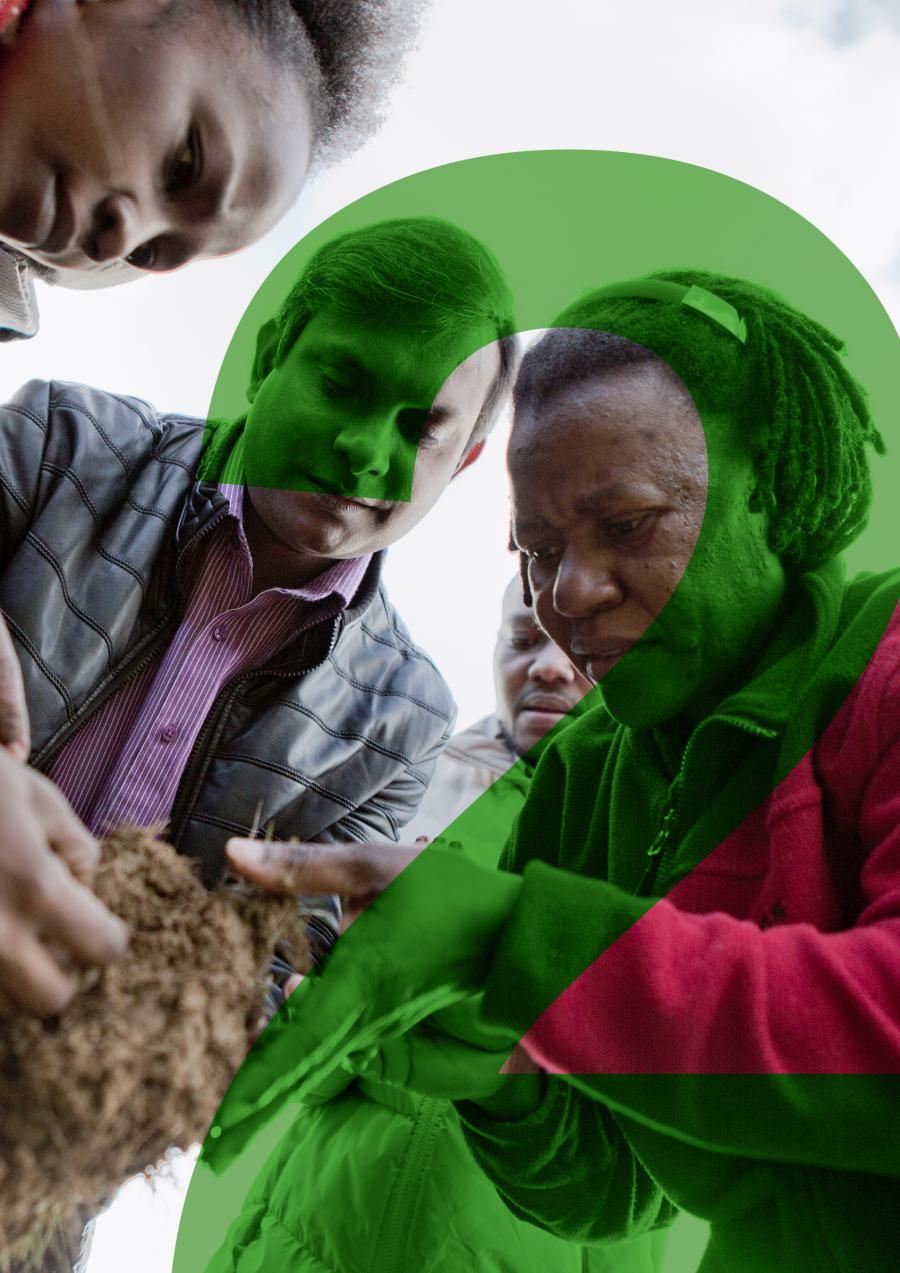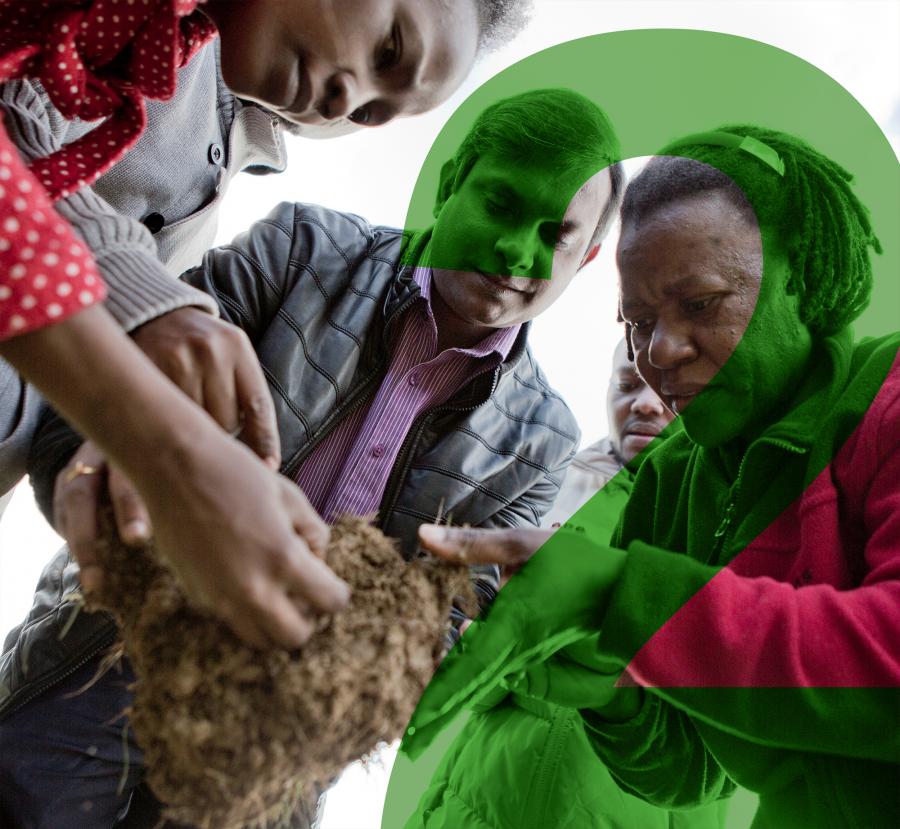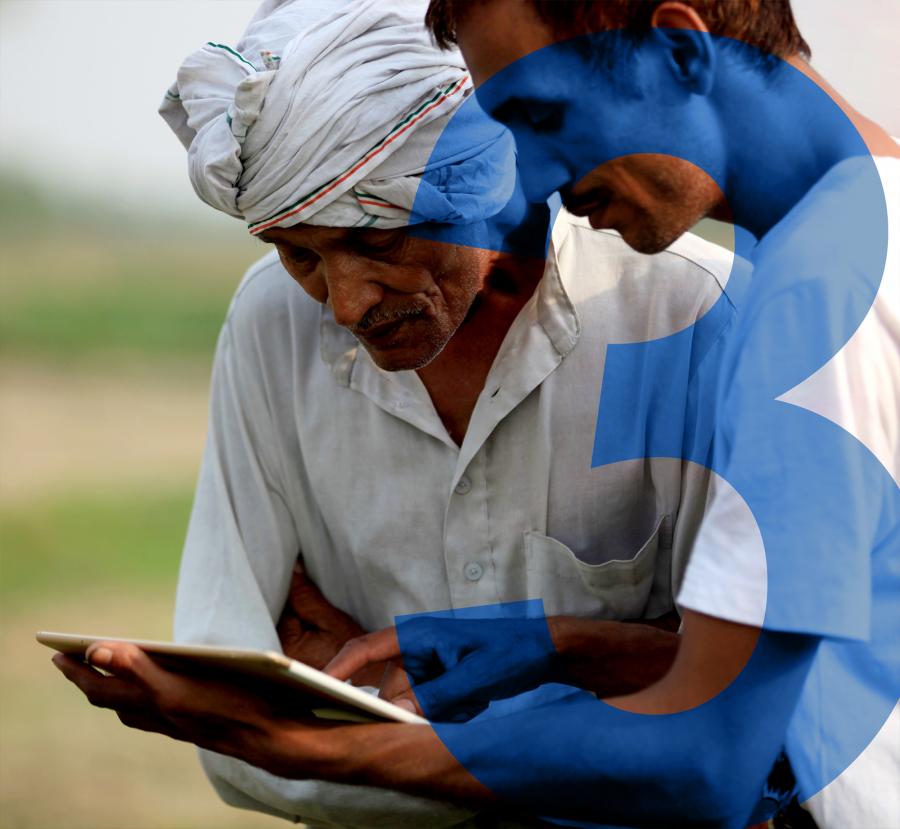Assessing in-country potential for data sharing

Is the proposed collection, access, use and sharing of data in line with funder policies and supported by in-country data policies and regulations?
This module focuses on understanding the in-country requirements for integrating FAIR and safeguarded data within an investment to help deliver even greater impact.
How to empower participants to support investments by evaluating the in-country potential for data sharing.
This module contains agriculture data profiles for Ethiopia, Kenya, India and Tanzania, together with a cheat sheet, and, a template for you to generate a profile.
Are the country’s policies understood, and can this project adhere to / exceed them?
eLearning Module
Login or sign-up for a free CABI Academy account to get started. In this module you will learn:
- How to describe the factors that contribute to an enabling environment
- To identify the stakeholders that may impact the enabling environment
- To map/match these stakeholders core constraints
- To evaluate the impact of core constraints on the project
- How to plan support for data investments.

Tools and Resources
Assessing in-country potential for data sharing
All the key points from the eLearning module in one tidy document.
1 MB
Agriculture data country profile template
Use this template to aid your broad landscape review of the main data and agriculture related laws, policies and their regulators across a particular country (or region of the world).
1 MB
Agriculture data country profile of Ethiopia
This document provides background information on the data policy and a wider context for agriculture projects in Ethiopia, as a learning resource for the Bill & Melinda Gates Foundation program officers.
2 MB
Agriculture data country profile of Kenya
This document provides background information on the data policy and a wider context for agriculture projects in Kenya, as a learning resource for the Bill & Melinda Gates Foundation program officers.
2 MB
Agriculture data country profile of India
This document provides background information on the data policy and a wider context for agriculture projects in India, as a learning resource for the Bill & Melinda Gates Foundation program officers.
2 MB
Agriculture data country profile of Tanzania
This document provides an overview of the capacity and infrastructure relating to data and technology that is in place in Tanzania.
1 MB
What does good look like?
Question
Is the proposed collection, access, use and sharing of data in line with funder policies and supported by in-country data policies and regulations?
Data Purposeful
The investment will generate, access, use or share data, with clear plans for best practice and the role of the investment in the wider data ecosystem is understood.The investment identifies in-country and funder policies for data and clearly identifies any mismatches and articulates how to address, and in places exceed, these policies in regards to data collection, access, use and sharing.
Data Aware
The investment will generate, access, use or share data, with limited plans for best practice and limited understanding of the data ecosystem, but recognises the need to improve.The investment identifies some existing data policies (funder and in-country) and is working towards understanding them, but gaps remain.
Data Unintentional
The investment will generate, access, use or share data. It does not consider how it will ensure FAIR, ethical and equitable access to data that is as open as possible.The investment does not consider existing data policy, regulations or best practice, either relating to in-country or funder policies.
To find the definitions of these headings and see what good practice looks like across all seven modules: Download PDF

Module 3
Reusing data from third-party sources
Does this investment build on and contribute to existing data from multiple sources?
More often than not, there are many people and organizations involved in a project, with diverse needs. They may also come with distinct sources of data. There are learnable skills to help ensure these people and sources work together for the best possible outcomes.




